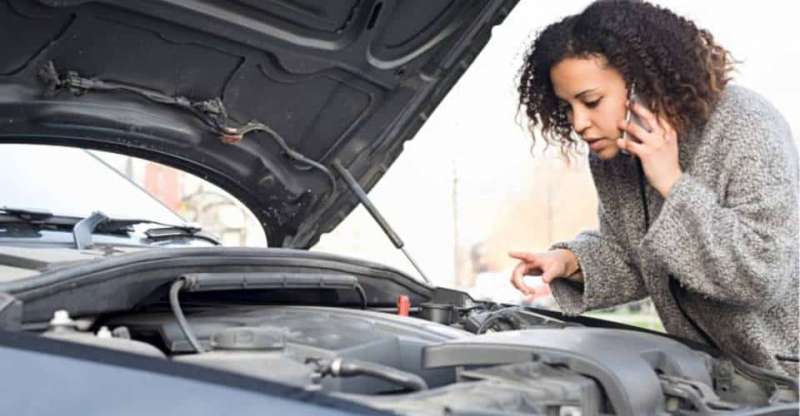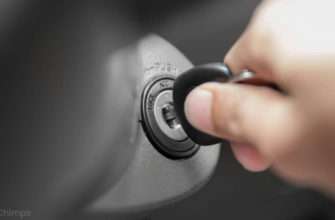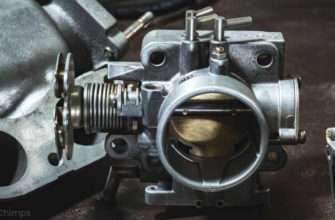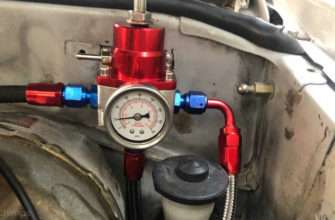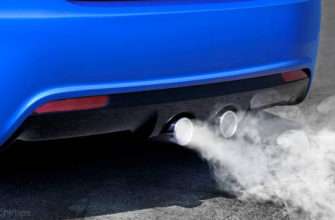Is your car’s engine suddenly seized or locked? A completely seized engine is very rare, so it can definitely be fixed. Here’s how you fix a seized engine. Motion – this is what allows a car motor to produce power. Without it, everything would cease to function. If your engine decides to lock up on you, then you’ve got a real problem on your hands.
What causes an engine to seize? The most common cause of a seized engine is a lack of oil. Oil lubricates the pistons so they can move within the cylinders. Without it, metal would scrape against metal and create a lot of heat. Too much, and things can fuse together, causing the engine to seize.
But that’s not the only reason an engine will seize, there are several more to be aware of, each with its own solution. Thankfully, in this guide, we will cover everything you need to know about a seized or locked engine, including how to fix it. Let’s cover the basics now!
What Causes An Engine To Lock Up And What Are The Symptoms?
Before you can proceed with an actual fix, you have to know what caused your engine to lock up in the first place. There are three primary reasons an engine might decide to seize, a lack of oil, a lack of circulation, or a lack of use. However, those are just the ones that have to do with oil, there’s also hydrolock and vapor lock to consider. Are you confused yet? Don’t worry, we’ll cover each of these now.
Lack Of Oil
As we mentioned above, if your engine doesn’t have enough oil, it will eventually seize. This is because oil creates a thin layer between the cylinder walls and the pistons, allowing them to move without getting too hot.
Take away that layer, and you’ll have metal scraping against metal, which creates a lot of friction, and therefore, heat. Imagine rubbing your hands together really quickly, then imagine doing the same thing while they are wet.
This will eventually result in damage to the crank journals, the rod ends, or the main caps, which are all items your engine can’t run without. It is also possible that the rods fuse to the crank, which can cause the pistons to “fling” out the side of the block. In this case, you’re looking at an extremely costly repair bill. Thankfully, if you follow a factory service schedule and regularly change your oil, you should be able to avoid this cause altogether. Symptoms your engine is low on oil include:
- Burning oil smell
- Engine overheating
- Oil pressure indicator
- Knocking/clunking sounds
- Drop in performance
Lack Of Circulation
If running out of oil can cause an engine to seize, then it should come as no surprise that the same thing can occur if it can’t circulate in the first place. We’re talking about the oil pump, which is in charge of “pumping” the oil from the gas tank to the various components that need it. If it ends up failing, then your engine may seize. Signs your oil pump is failing include:
- Increase in engine temperature
- Loud “tapping” sound from the engine
- Oil pressure indicator
Catching a faulty oil pump as early as possible is crucial. Doing so is the difference between a $300 repair bill, and a $3,000 one (or more). Similar to the previous cause, routinely replacing your oil is essential for your oil pump to remain running strong. Do not forget to change your oil filter as well, which removes harmful particles like dirt, dust, and metal before they reach the engine.
Lack Of Use
Have you ever sat in one position for so long, that when you go to move again you feel stiff and it hurts? This is also possible with a car engine if it’s been sitting for too long without use, which leaves it exposed to corrosion (AKA rust). When rust takes hold inside the cylinders, it can cause the piston rings to become stuck in place.
How do you know if your engine has seized from lack of use? If the interior lights are working and you can turn the key in the ignition, but it won’t crank, then your engine may have locked up. Another possibility is an electrical short in the starter, which is caused when it can’t turn the engine over. If a small smoke cloud appears from under the front of your car while turning the key, you may have a seized engine (as well as a faulty starter).
The good news is that you can avoid all of this by just starting the engine every month or so. To be extra safe, you should check for leaks as well, this will help avoid the first cause of a seized engine, a lack of oil.
Hydrolock
What does it mean when an engine is hydrolocked? Engine pistons are designed to compress a mixture of air and fuel – not water. Because of this, if enough water enters the cylinder, it may hydrolock, meaning they all stop moving at once. Much of the resulting damage depends on how fast you were going when it happened. The most important thing about a hydrolocked engine is taking care of it quickly before it begins to rust or cause damage inside the cylinders.
Vapor Lock
While it’s not as common as the other reasons your engine might have locked up, vapor lock does happen. Vapor lock results from a fuel system issue where the liquid inside becomes too hot, causing it to become a gas, which your engine isn’t made for. If you notice your engine sputters and then loses power, it may be due to vapor lock. However, it’s mostly found on older cars, especially if they’ve been left out in the sun too long.
How Do You Fix A Seized Or Locked Engine?
Ready for the bad news? If your car engine seized from a lack of oil or circulation, especially if you were driving at the time, then your options are limited. In this case, your engine is likely ruined, and will either need rebuilt, or replaced, salvaging the parts you can.
If a rebuild is possible, you’re looking at a cost between $2,500-$4,500. If the only option is to replace a seized engine, then the tally jumps to between $4,000-$8,000 (or even more). Both repairs include tearing down the engine, assessing each part, replacing the bad ones, and reassembling it all again.
Some more bad news? Insurance rarely covers the costs of a seized engine, so if you’re outside your factory warranty, things become a little bleak. Thankfully, if you’re following a factory maintenance schedule, you should be able to catch any issues before they cause your engine to seize.
For a vapor locked engine, the fuel needs to cool to the point that it condenses back to a liquid. Your best bet is to let it sit, though, you can also splash some cold water on the fuel pump and fuel lines if you’re in a hurry. As for how to fix a hydrolocked engine, check out our previous article herefor a detailed guide.
Don’t Despair – Prevent The Repair
It’s that simple, just avoid it all by following your factory maintenance schedule and regularly changing your oil. On top of that, pay attention to any changes in how your engine sounds and performs. If something doesn’t feel right, take your car to a professional and have it diagnosed.







